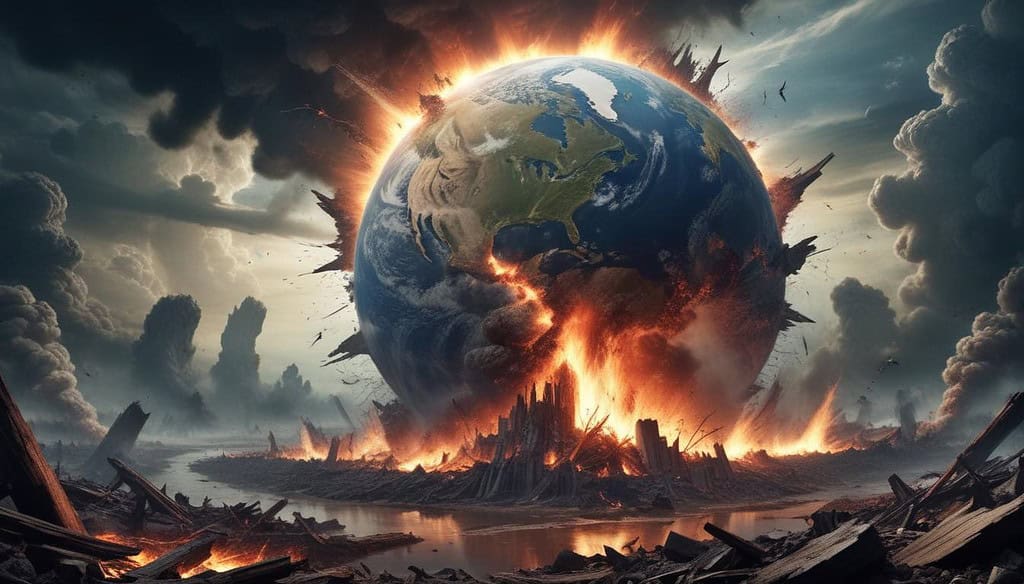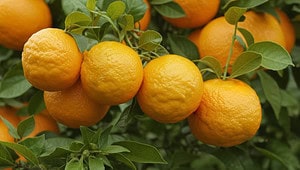Table of Contents
Solar System Objects and Life

In our Solar System, Earth is the only planet that can sustain life. Currently, there are no other Solar System Objects, including any Jovian planets, rocky planets, or any moon, that can sustain life. Jovian planets do not have any solid surface and can not sustain any life. Of the four rocky planets, Mercury is too close to the Sun and is scorched by the Sun’s blazing heat. Venus is another scorched planet that is cooking on itself. Mars was the next ideal candidate but it lost its magnetic field a Billion years ago, resulting in loss of the surface water and erosion of its atmosphere.
In this big and infinite Universe, let alone in our Solar System, we have yet to encounter any form of life including any intelligent life. In any Solar System Objects, be they rocky planets, or moons, we will certainly not see any intelligent life. At best, we could find some primordial life in the form of single-cell organisms in some of the moons of gas giant planets.
The moons such as Europa, Enceladus, etc that have thick ice on their surfaces, might have sub-surface oceans that could have simple single-cell life. These sub-surface oceans could get the necessary energy from the expansion and contraction of the moons due to the strong gravitational forces of their parent Jovian planets. Any complex multi-cellular life in these sub-surface oceans will be a huge bonus.
Read An Article About The Uniqueness of Our Solar System
Solar System: 10 Astonishing Uniqueness of our star system
Solar System Objects – Complex Relation with Life on Earth

Interstingly, all the necessary components that are needed to form simple or complex life, are abundant in our Solar System and the Universe. In fact, various theories about the start of life on Earth suggest that various Solar System Objects have contributed to the creation of life on Earth. For example, comets are the ones that brought water to Earth. Asteroids may have carried essential minerals and other abiotic organic molecules that have contributed to the creation of life.
Jovian planets such as Jupiter and Saturn have protected the inner solar system, including Earth, from comets and asteroids. Our moon is the reason why we have various seasons which have provided a wide range of variations on life on Earth. Our Sun is the very reason why we are alive in the first place. Almost all the energy that all the life forms on Earth have used, comes from the Sun.
However, some of these very life-giving Solar System Objects might one day cause such destruction that will annihilate humankind and all the life forms on Earth. It happened before when humans were not around on Earth and will happen again.
In this article, we are going to discuss about 6 such Solar System Objects that might one day destroy life on Earth.
Read An Article About Various Factors Aiding The Emergence of Intelligent Life
10 Factors for The Emergence of Intelligent Life in The Universe
1. Sun

The Sun is the most important Solar System Object as it is the very reason why the Solar System exists in the first place. Its gravity bound all the Solar System objects – Big Jovian planets, rocky planets, moons, asteroids, and comets. Its gravity can bound objects as far as 18-20 Trillion Miles or approximately 3 Light years. Almost all the life forms on Earth, barring some deep-sea life forms, depend on the energy that the Sun emits. Sun’s heat keeps our planet warm and water liquid.
However, one day our Sun is definitely going to destroy the Earth and all the life in it. As the Sun is growing old, it is getting hotter and hotter. It fuses Hydrogen into Helium and in the process loses Hydrogen. The more Hydrogen it loses, the hotter it gets and its heat radiation becomes intense. About 1 Billion years from now, the Sun will be so hot that the Earth will become inhabitable.
Sun’s heat will scorch the Earth’s surface and evaporate all the water on the Seas. Its intense radiation will erode Earth’s magnetic field and will expose any Earth’s surface to harmful ultraviolet radiation and cosmic rays. No life form can survive this onslaught. Humankind will have to move to the outer solar system and go to a habitable planet outside the solar system.
Then, in 5 Billion years from now, the Sun will entirely annihilate Earth and other rocky planets in the inner solar system. In 5 Billion years from now, the Sun will completely exhaust its Hydrogen. Once that happens, it will switch to fusing Helium. This process will make the Sun expand itself to Jupiter’s orbit and will make the Sun extremely hot. The Sun will engulf all the planets and all other Solar System objects in the inner Solar System.
2. Asteroids
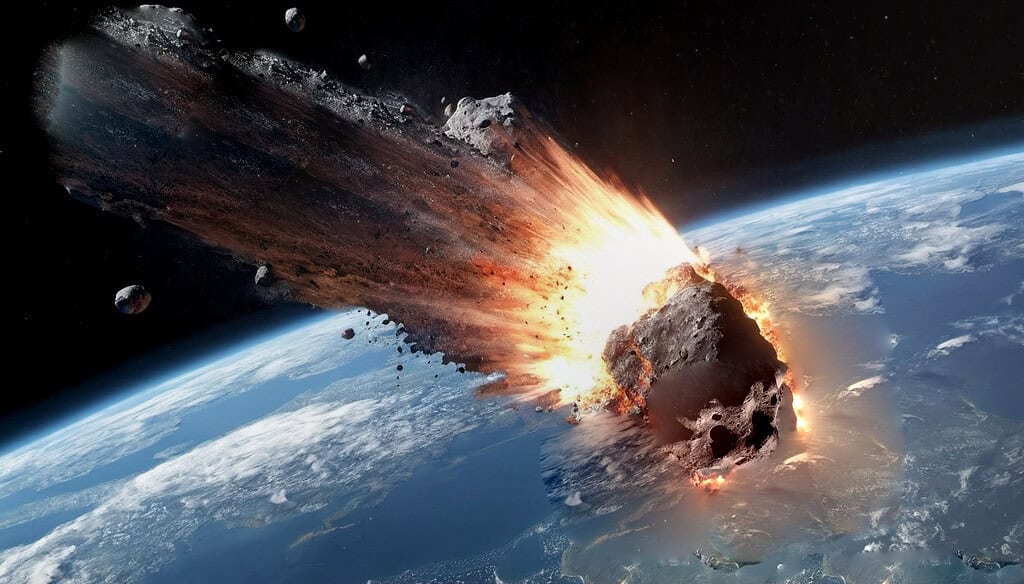
Asteroids are rocky objects that are too small to be called a planets. These Solar system objects are the remnants of the formation of the Solar System and can be great study objects to understand the formation of our Solar System. They can be made of various metals, carbon, or silicon, and can vary greatly in size and shape. Some Asteroids can be rocky rubbles, only a few KM wide while some, such as Ceres, can be 1000 KM in diameter. Solar system objects, such as Ceres, etc, are also classified as dwarf planets as these objects have grown sufficiently large that their gravity has turned them into round objects.
A great number of asteroids, that can be observed and studied from Earth, are located between Mars and Jupiter. It is believed that these Solar System objects could have become a full-fledged planet but the immense gravitational pull of Jupiter has stopped the process. As mentioned before, these asteroids may have contributed to the formation of life by bringing water, essential minerals, and abiotic organic matter to Earth. However, these Solar System objects have also destroyed life on Earth before and can bring about destruction again which might see the total annihilation of humanity. Almost 66 Million years ago, an Asteroid, named Chicxulub Impactor, with a diameter of 15 KM slammed into Earth, causing total annihilation of Dinosaurs.
A similar fate may await humanity as many of these Asteroids (Apophis, Bennu, 2023 TL4, etc) are dangerously close to the Earth. In the future, many of these Solar system objects will alarmingly fly near Earth and there are possibilities that complicated gravitational interaction might hurl these asteroids toward Earth. NASA has dubbed these Solar System objects as ‘Near Earth Objects’ and keeps a close eye on them.
Read Articles About The Origin of Our Universe
- Big Bang: An Incredible Start of Universe 14 Billion Years Ago
- Our Universe: An Incredible Journey of 13.7 Billion Years
3. Comets
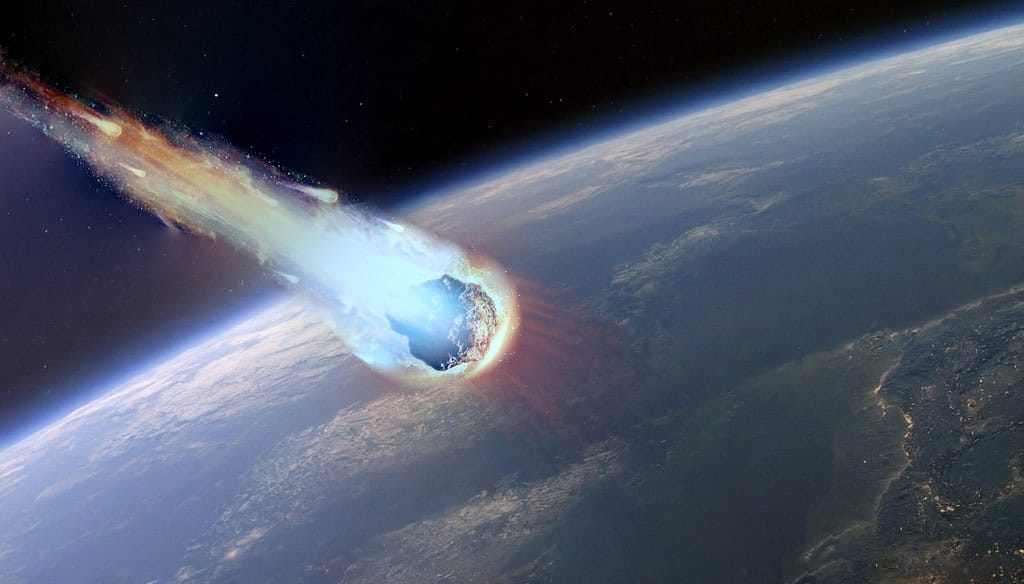
Comets are Solar System objects that are primarily found in the region beyond Neptune’s orbit – called the Kuiper Belt or far outer reaches of the Solar System called – the ‘Oort Cloud’. ‘Oort Cloud’ is a giant sphere carapace-like structure made of icy bodies that surround the Solar Systems and may contain Trillions of icy and frozen Solar System objects.
Comets are generally made of water ice and dust of minerals & abiotic materials. Comets generally have eccentric orbits which can be short or long depending on the origin of the comets. Comets originating from Kuiper Belt have short-period orbits ranging from 50-200 years while Comets originating from Oort Cloud have long-period orbits that can be of Tens of Thousands to millions of years.
When comets come near the Sun, their water ice starts to melt and wither away due to the Sun’s heat and radiation. This creates the signature ‘tail’ of the comets which emanates from the core of the comets. It is believed that comest are the sources of the water on Earth. 4 Billion years ago, after Earth had cooled down, many comets collided with Earth and provided Earth with all its water. However, It is also believed that the comets in the Kuiper Belt and Oort Cloud have periodically been hurled toward the inner solar system and have created havoc on Earth and life on it.
Since 500 Million years ago, in every 100-150 million years Earth and the life on it have faced mass extinction. The geological records have indicated that a total of 5 mass extinctions have happened in the last 500 million years. The destruction of Dinosaurus 65 Million years ago was the latest mass extinction event. Scientists believe that in every 100-150, an undetected celestial Solar system object or mass of objects with an eccentric elongated orbit around the Sun may have periodically disrupted the comets of the Oort Cloud and Kuiper Belts and hurled them into the inner solar system.
There is a high probability that many more mass extinctions have happened on Earth and the evidence of those have been lost in the geological activity of the Earth. It is very much possible that some of these mass extinctions have happened due to some other reasons but it is also true that some of these mass extinctions have definitely happened due to the collision of an asteroid or a comet. The extinction of Dinosaurus 65 Million years ago is evidence of that.
Comets pose a greater risk than asteroids. As Comets come from the outer reaches of the Solar system and have eccentric and sloping orbits around the Sun, they have much higher impact velocity and will cause considerably more damage to the Earth and the life on it. Many of the Short and Long-period comets come within the orbits of Earth and as they have eccentric and sloping orbits, their movement can be much more volatile and hard to predict. Shoemaker-Levy 9, a short-period comet with a 1.8 KM diameter, had slammed into Jupiter in 1994. If Shoemaker-Levy 9 were to hit the Earth, it would have caused a mass extinction.
4. Jupiter
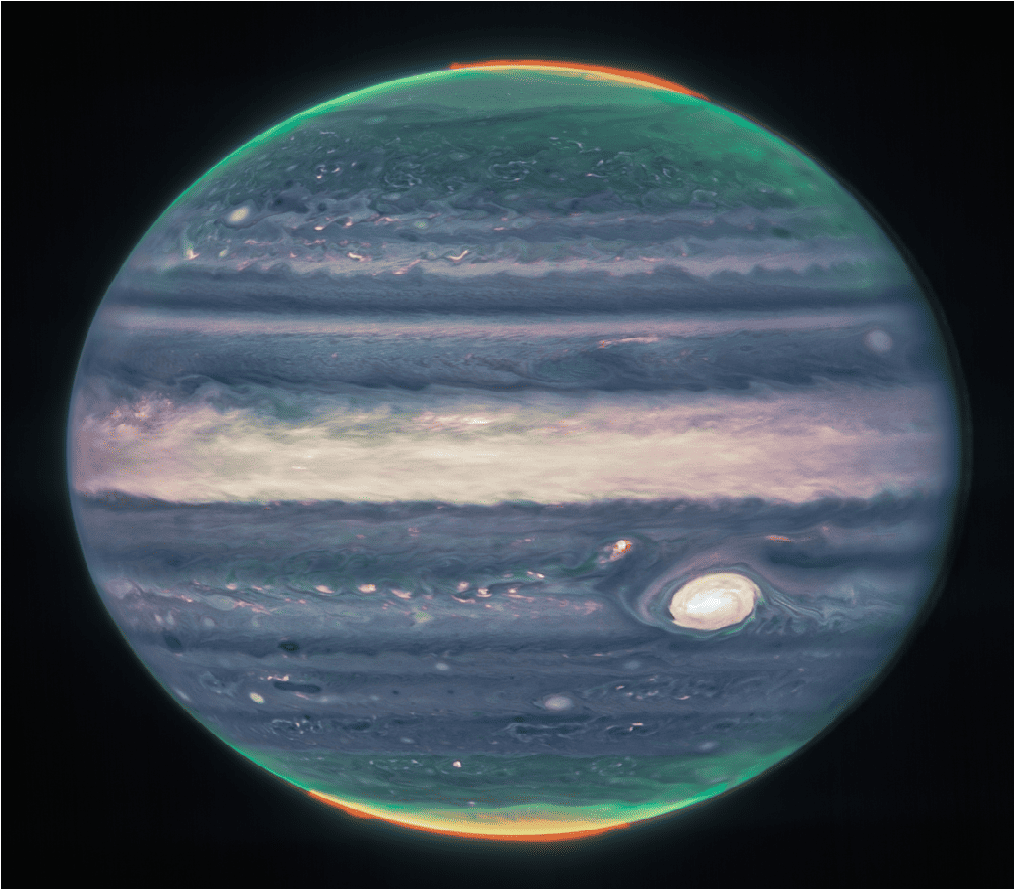
Jupiter is the largest planet in the Solar System with a diameter of 142,000 KM. This gigantic Solar System object can fit 1,300 Earths inside it. Jupiter has played an important part in the creation of intelligent life on Earth. Jupiter, through its huge gravitation, has captured various asteroids and comets that might have made their way toward the inner solar system and could have crashed into Earth, obliterating all life. As mentioned earlier, the Shoemaker-Levy 9 comet was captured by Jupiter and slammed into the Jovian planet. If the comet were to hit Earth, it would have destroyed all life on Earth.
However, not all solar system objects that are captured by Jupiter crash into the Gas giant. Jupiter and its enormous gravity may spell disaster for Earth also. After capturing an asteroid or a comet, Jupiter’s gravity may fling the objects outside the solar system or hurl them inside the inner solar system. Jupiter’s gravitational effects may have protected the inner solar system from comets coming from Oort Cloud, but it has also increased the probability of sending an asteroid from Kuiper Belt or Asteroid belt towards the inner solar system and Earth.
Generally, Asteroids or comets from the Kuiper belt or Asteroid belt are relatively dormant and stable as they orbit the Sun in almost the same plane as other planets. Their orbits are mainly disrupted by the complex gravitational interplay by four of the Gas giants and by Jupiter which has the most intense gravitational force.
Once ejected from their normal obits, these solar system objects from the Kuiper Belt or Asteroid belts are captured by the Juipter as it has the most powerful gravitational power. Once captured by Jupiter, these Asteroids or comets can crash into Jupiter or they can also fling towards Earth. So, Jupiter may have protected us from various comets and asteroids but can also hurl one towards us, causing annihilation of all life on Earth.
Read Articles Related to Jupiter
- With 62 New Moons, Saturn Dethrones Jupiter as King of Moons
- Jupiter – The Captivating New King of Moons
5. Mercury
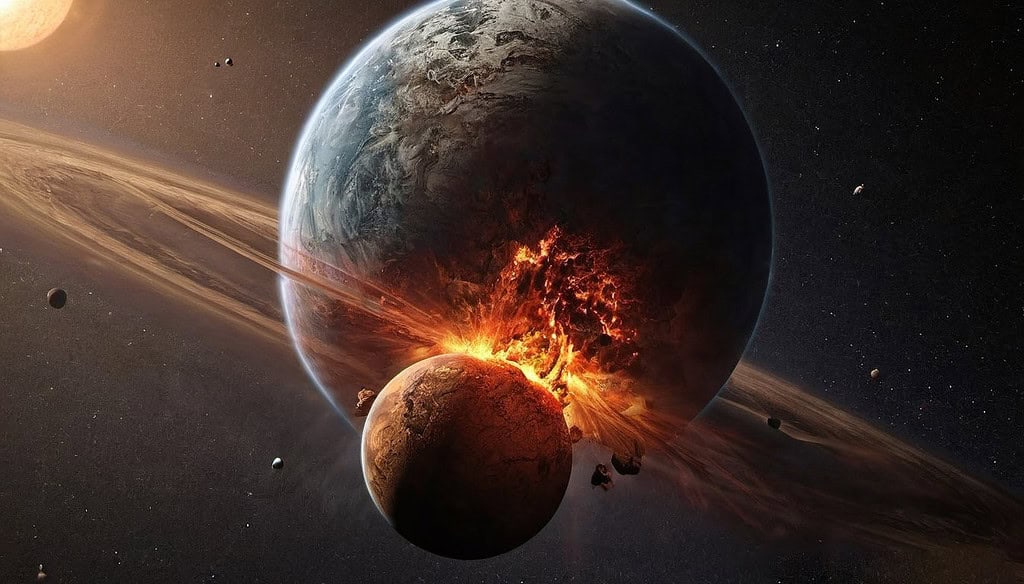
Our Solar System may seem very stable from our perspective, but it had a violent past and various planetary collisions have shaped it. We will not experience the chaos of the early solar system, but, on a long time scale, various evolving planetary scenarios may create havoc on our Earth and life in it. One of the solar system objects that might create such risk for Earth and life on it, is Mercury.
Of all the planets in the solar system, Mercury has the most eccentric orbit and the most inclined orbital plane. Mercury’s orbit has an inclination of 7 Degrees compared to Earth’s orbit, the largest among all the eight planets. Also, Mercury’s eccentric orbit takes it to the closest of 29 Million miles to the Sun and the farthest of 43 Million miles from the Sun.
As the entire solar system and all the solar system objects have originated from the same accretion disk, all of it should remain in relatively the same plane. Smaller Solar System objects such as asteroids, comets, dwarf planets, etc, may have developed inclined planes and eccentric orbits due to the gravitational tug of larger solar system objects, but the bigger planets and moons have orbits that exist within the same plane.
When first-time scientists noticed the anomaly of Mercury’s orbit and inclination, they believed that there was another planet that orbited extremely close to the Sun. But later calculation and observation revealed that the real reason is the complex gravitational interplay between the Sun, Mercury, Earth, Venus, and Jupiter. As Mercury is very close to the Sun, the Sun’s gravity tugs the planet the most. Over a long period, this gravitational tugging distorts the orbital eccentricity and inclination by a process called ‘precession’. Add to that, Mercury also gets tugged by other rocky planets, including Earth, and also by the ‘Big Brother’ Jupiter.
Some scientists have used computer modeling to figure out how this would affect the orbital stability of the Solar system and have found that over millions or billion years, Mercury’s orbit and inclination may become unstable and it might create chaos within the inner solar system. If this happens, then there is a probability that Mercury might slam into other rocky planets, including Earth. It may also happen that the distortion of Mercury’s orbit pushes Venus into a collision course with Earth.
This would not be the first time Earth would slam into another planetary object. In the early Solar system, young Earth survived the collision with another young and smaller planet called Thia. Of course, there was no life on Earth at that time. However, if in the future, Mercury or Venus slammed into Earth, it may destroy the planet and any life in it will be obliterated.
Read Other Science & Space Articles
- The Great Physicist Peter Higgs Passes Away at 94
- Certain End of The Universe: 4 Forces of Nature to Watch Out For
- China’s Space Program: 5 Incredible Achievements
- NASA’s MOXIE Creates 122 gm O2, A Big Step of Mars Colonization
- As Chandrayaan 3 Touches Moon, India Basks in Pride and Glory
- With Chandrayaan 3 Mission, ISRO Aims for A Glorious Future
- Space Science: 6 Essential Reasons to Keep Investing in It
- 5 Amazing Properties of Time Which Defy Common Sense
- Top 10 Incredible Discoveries Made by JWST James Webb Space Telescope
- With 62 New Moons, Saturn Dethrones Jupiter as King of Moons
6. Humans
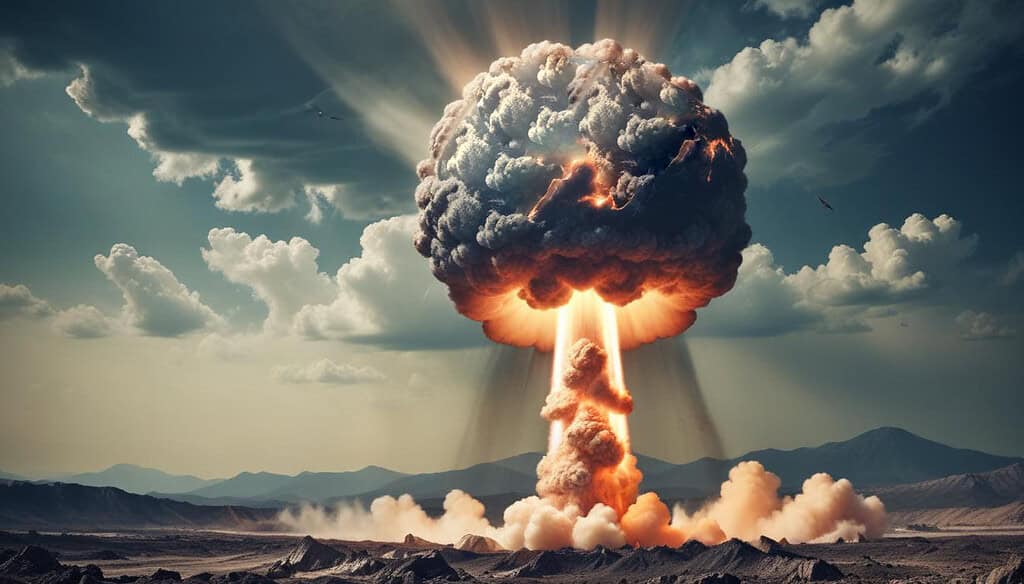
Of all the solar system objects, sentient or insentient, humans should have posed the least amount of risk to Earth and life on it. But, it is the Humankind that poses the greatest risk to all life on Earth, including itself. We have exploited nature so much for resources and wealth that we have caused the extinction of so many species of plants and animals, altered the natural order, polluted the air and water, and polluted even the space.
We have caused holes in the ozone layer which destroyed various ecosystems and caused the extinction of various important species. We have pumped so much carbon dioxide into the environment that the environment is permanently damaged. We have created a situation through our greed that is going to increase the average temperature of Earth by more than 2 Degrees by 2050-2075. This will cause irreversible damage to Earth’s atmosphere and will create an uninhabitable environment that exists on Venus.
If these were not enough, we, through our scientific knowledge, created nuclear weapons and used them on ourselves. The dangerous effects of nuclear weapons have not deterred us from making them. Right now we possess thousands of nuclear weapons that could destroy our Earth thousands of times over.

